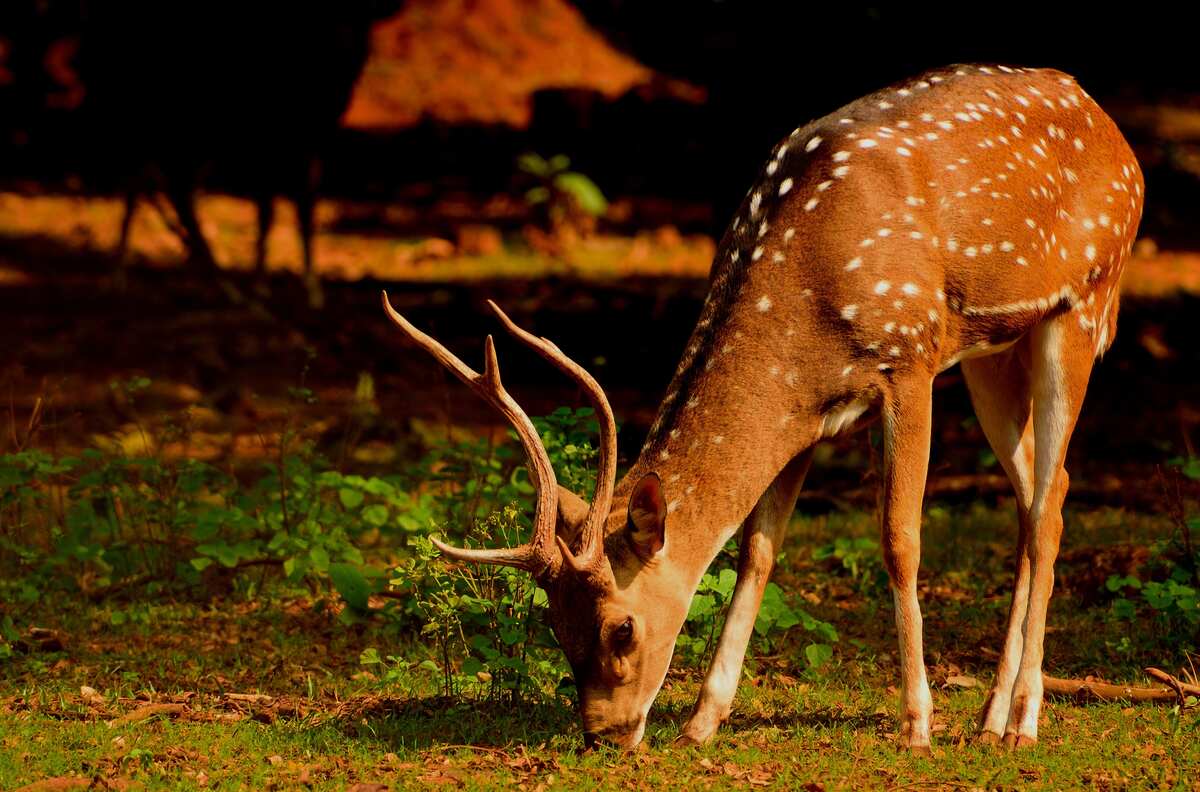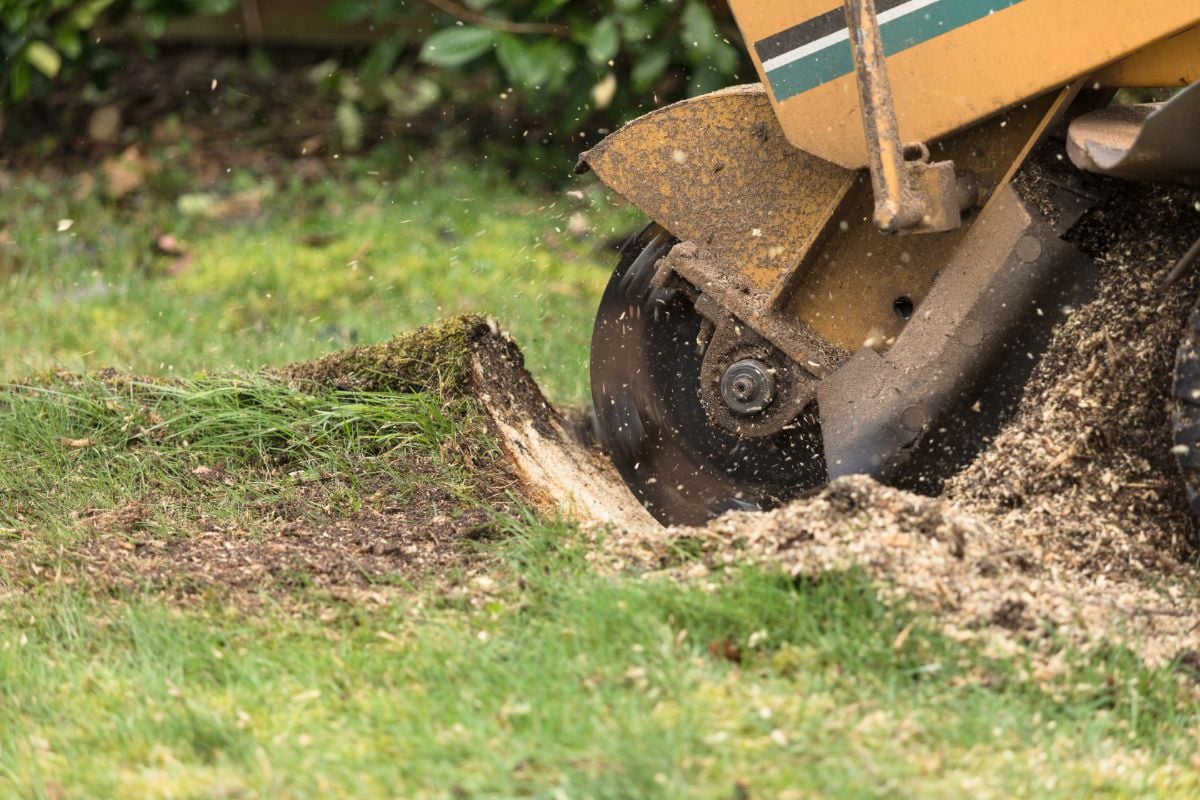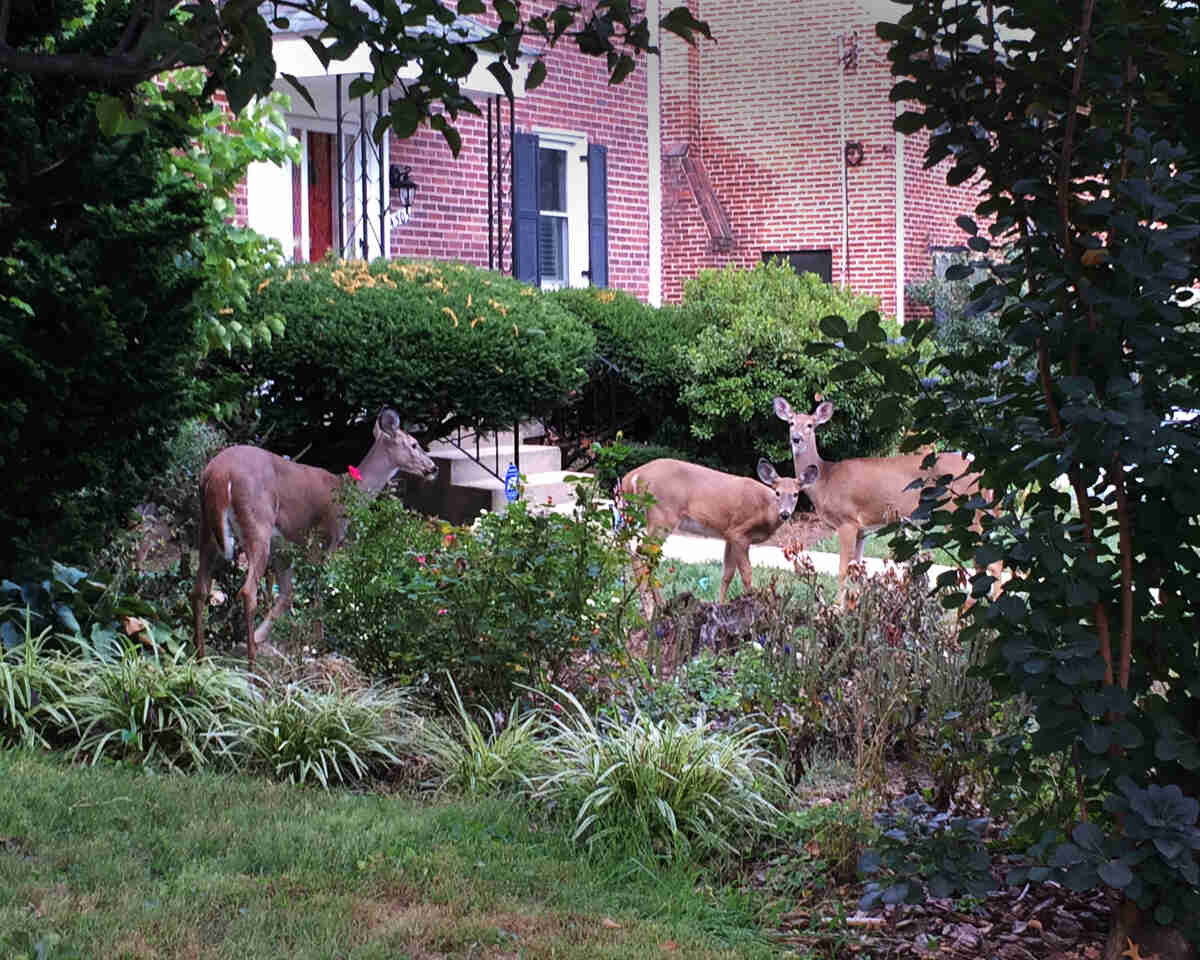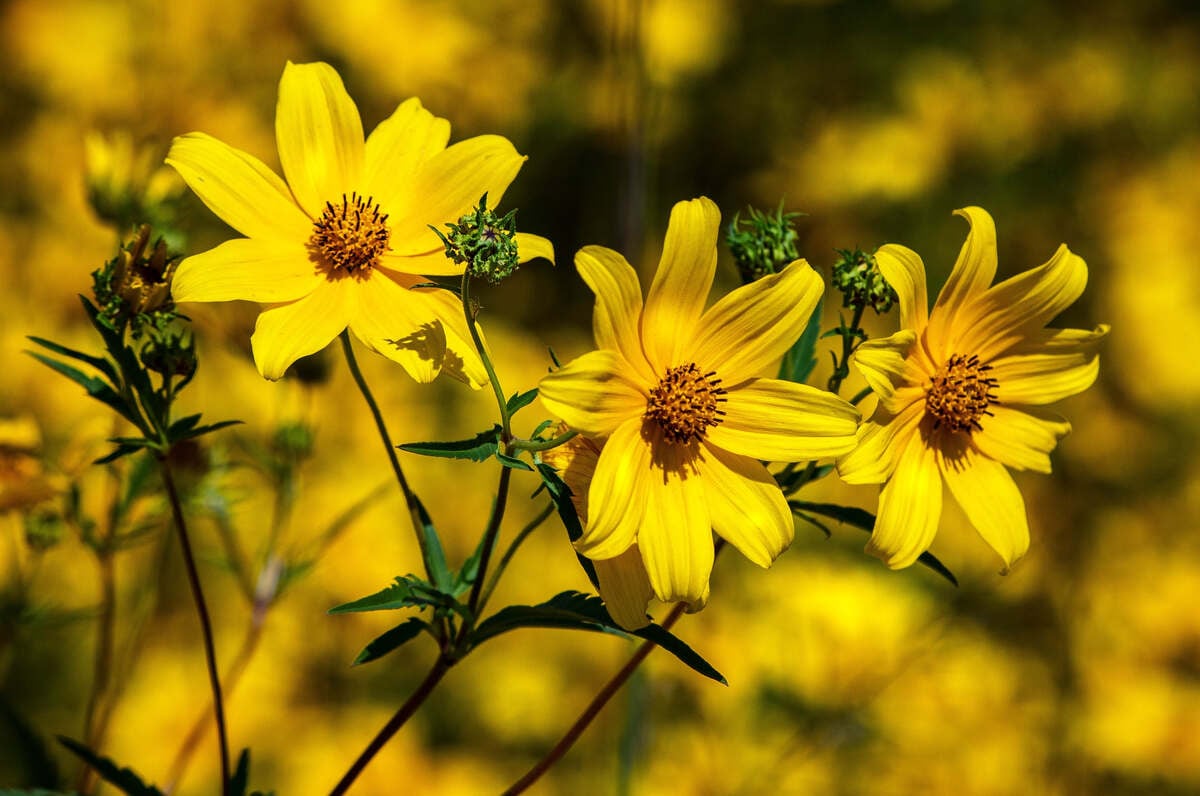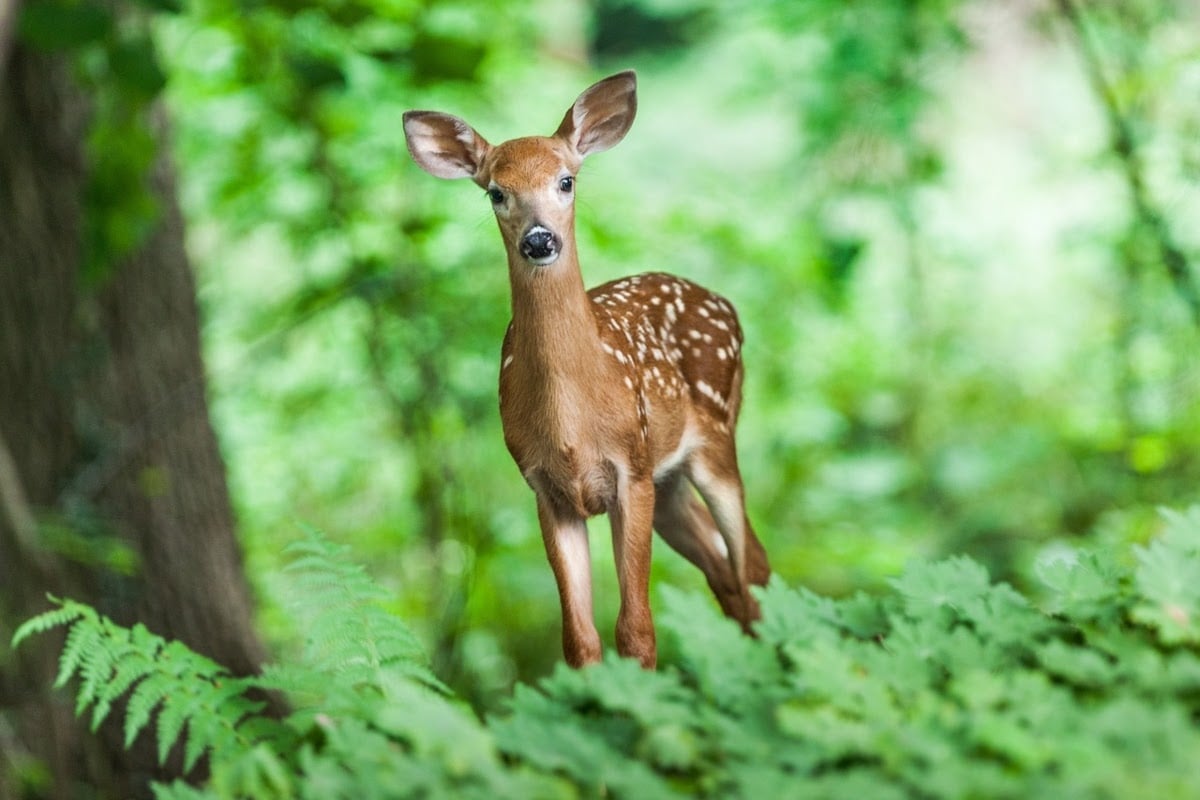
The deer around your home (and there are a lot of them) are drawn to the plants in your yard like you are to a good ol’ white-hot at Zweigle’s. The trick is finding deer-resistant plants that will last.
To defend your plants from hungry, marauding deer, you could adopt the standard bow-and-arrow method. A subtler (and less messy) technique? Incorporate deer-resistant plants, flowers, trees, and ornamental grasses into your landscaping.
While it’s important to note no plant is completely deer-proof, especially if food is scarce, plants with a bitter taste, unappealing texture, or heavy scent, can be potential deal-breakers for these forest mammals’ menu.
Which plants, exactly, have these deer-repellent qualities? Take a peek at our list below to find a few that work here in Ra-Cha-Cha.
16 Deer-Resistant Plants and Trees to Grow in Rochester, New York
1. Ageratum
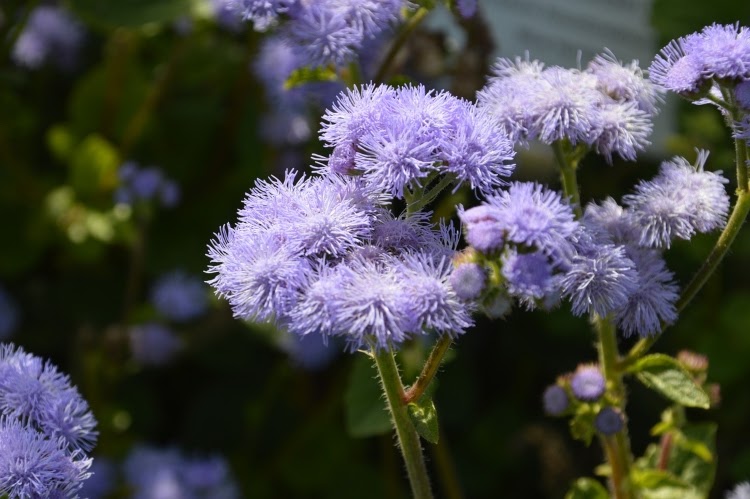
With absolutely no desire to ever chow down on plants with a fuzzy, feathery feel, deer steer clear of ageratum houstonianum’s fluffy, pom-pom-like blooms. Other common names for this flowering annual are floss flower and blue billygoatweed, and it pairs well with lamb’s ear, marigolds, and begonias.
Examples of ageratum cultivars: Leilalni Blue, Redtop, and Summer Stars
Care: Low-maintenance and drought-tolerant. Plant ageratum in moist soil and full sun.
Flowering: Yes; blue, lavender, pink, or white flowers from May through October.
Cost: You can buy a 12-pack of live, multicolored ageratum plants for around $10.
2. Japanese anemone
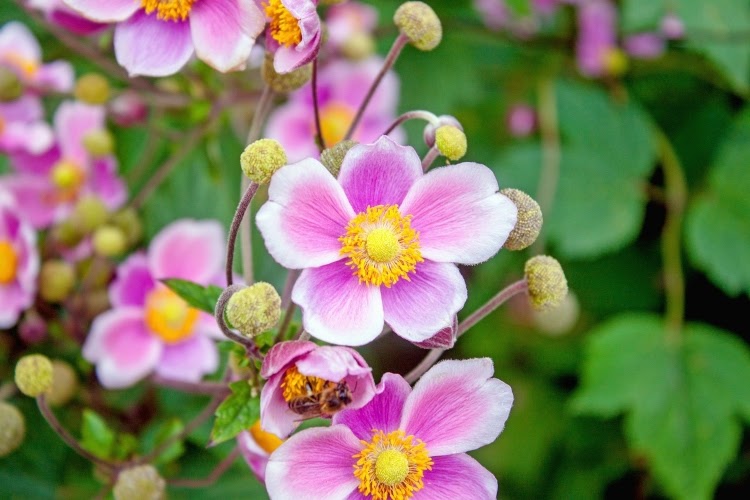
While pleasing to humans, the Japanese anemone’s light scent keeps deer at bay. Safeguard hosta by placing these plants nearby; these anemones also play well with ornamental grasses.
Examples of Japanese Anemone cultivars: September Charm and Honorine Jobert
Care: Low-maintenance. Grows best in moist soil with partial shade.
Flowering: Yes; pink, red, purple, or white flowers that bloom in the fall.
Cost: Plan to spend between $20 and $30 for live plants.
3. Columbine
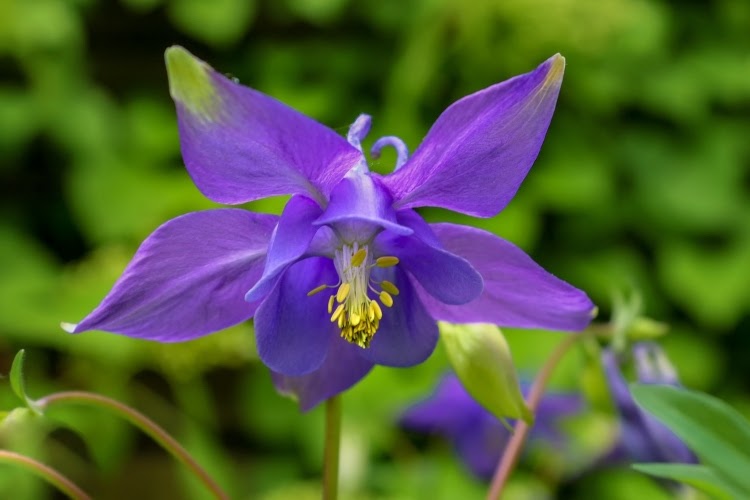
An early spring bloomer, this perennial boasts showy, bell-shaped flowers. Perfect for a butterfly garden or rock garden, columbine emits a strong scent that’s attractive to hummingbirds and other pollinators, but unappealing to deer.
Examples of columbine cultivars: Corbett, Little Lanterns, and Nana
Care: Low-maintenance. Grow in partial shade or full in a variety of soil conditions.
Flowering: Yes. Lavender, pink, blue, red, orange, white, or yellow; sometimes multicolored.
Cost: You can purchase a potted Columbine plant for about $10.
4. Oriental poppy
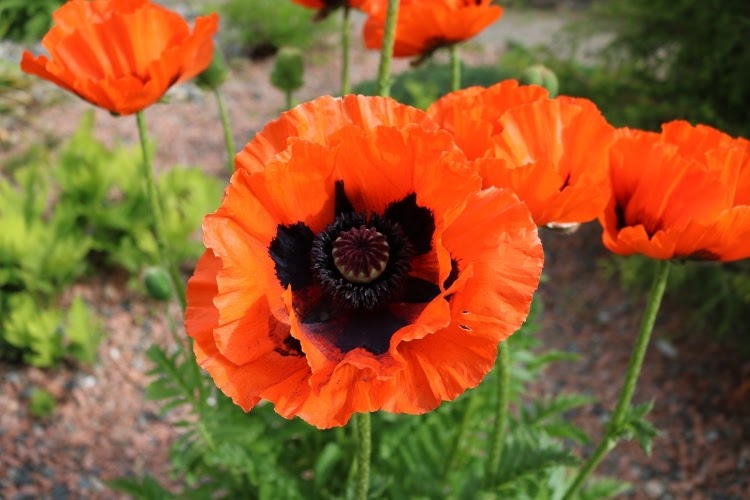
Grown purely for the beauty they add to a landscape, oriental poppies show off their brightly colored flowers in early spring and summer. Besides the tissue paper-like feel of their petals, which may be a texture repulsive to deer, the fact that most parts of this plant are poisonous also keeps these animals away.
Examples of zonal Oriental poppy cultivars: Perry’s White, Fancy Feathers, and Harlem
Care: Easy-to-grow and drought-tolerant. Plant oriental poppies in full sun and well-drained soil.
Flowering: Yes. Pink, orange, red, or white blooms in May and June.
Cost: As dormant, bare-root plants or bulbs, plan to spend between $20 and $70 — depending on how many you’d like to buy.
5. Lily of the valley
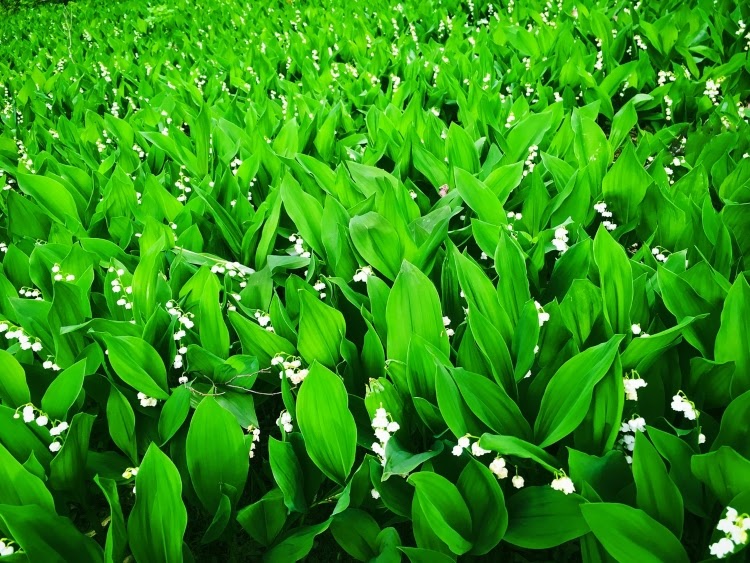
A perennial that thrives in partial or full shade, lily of the valley should be planted in your yard in late fall. Its strong scent deters deer and may also signal to them the plant is poisonous if they dare to taste it. Grow lily of the valley as a ground cover alongside hosta (or in place of) to protect the latter from becoming a snack. Lily of the valley also adds texture and beauty to rock gardens and fairy gardens.
Examples of lily of the valley cultivars: Fortin’s Giant, Albostriata, Rosea, Hardwick Hall
Care: Low-maintenance and drought-tolerant.
Flowering: Yes; white, aromatic, bell-shaped blooms.
Cost: Expect to spend between $6 for a bare-root plant to a little more than $40 a large group of bulbs.
6. Daffodils
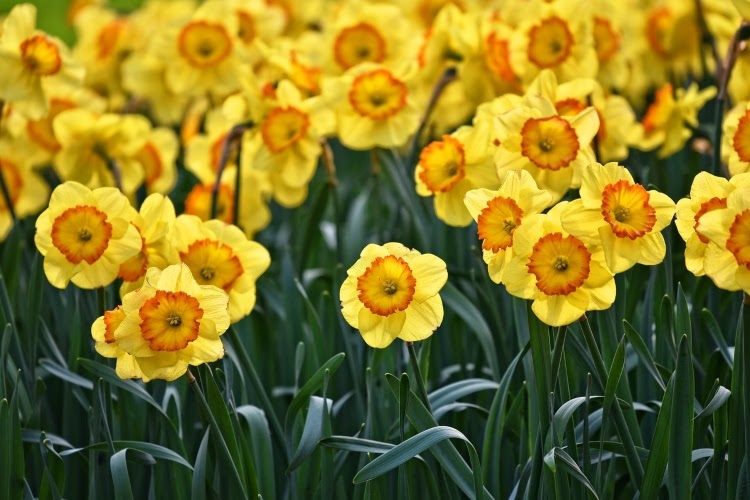
Perfuming the air around them with hints of citrus and floral, daffodils fend off deer feedings with their aroma. It’s believed that strong smells may signal to these animals toxicity in plants, and deer would be right with this one: Daffodils contain alkaloid lycorine, which is poisonous when eaten.
Examples of daffodil cultivars: Pappy George, Paper White, and Poet’s Narcissus
Care: Low-maintenance. Grow in full sun or partial shade. Thrives in well-drained soil.
Flowering: Yes. Yellow, white, orange, pink, or multicolored blooms in March and April.
Cost: Depending on the amount you want, bulbs can be purchased for about $15 to $80.
7. Dahlia
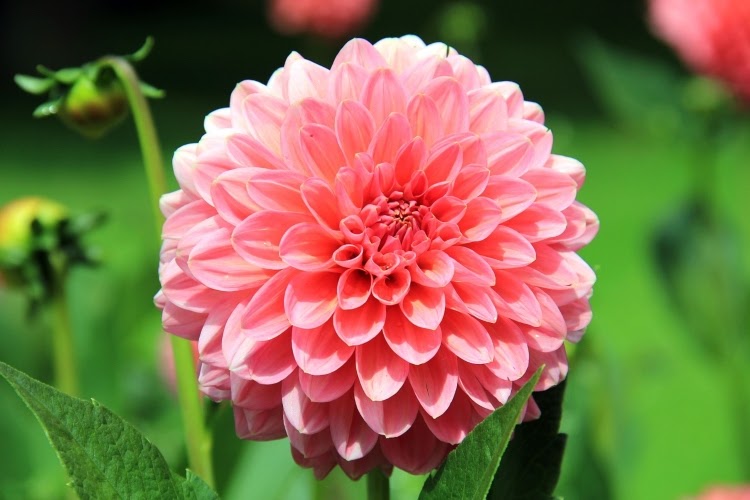
Glamming up gardens with their many tube-shaped petals sprouting from buds, dahlias are members of the sunflower family and prefer to bask in full sun. Deer typically avoid eating dahlias because they are turned off by the bitter, spicy taste of these plants. Give these flowers extra protection by surrounding them with other deer-resistant plants, such as sedum, bee balm, and sage.
Examples of dahlia cultivars: Imperial Wine, Wannabee, and Candlelight
Care: Water and fertilize regularly during the growing season. Deadhead spent flowers.
Flowering: Yes. Showy white, pink, red, yellow, orange, purple, or blue blooms in summer.
Cost: The average cost of dahlia bulbs is $20 to $40.
8. Lamb’s ear

The fuzzy, soft-as-velvet feel of lamb’s ear triggers a deer’s texture issues, so they’ll steer clear of this perennial. Plant in full sun or partial shade; it’s spiky pinkish-purple flowers are great companions for another deer-resistant plant, blue salvia.
Examples of lamb’s ear cultivars: Big Ears, Silver Carpet, Helen von Stein, Cotton Boll
Care: Low-maintenance. Grows in any soil type and doesn’t need fertilizer. Water only when dry.
Flowering: Yes, depending on type. Occasional pink/purple blooms in summer.
Cost: A one-quart pot can run you around $5, while a pack of 40 seeds costs less than $10.
9. Common boxwood
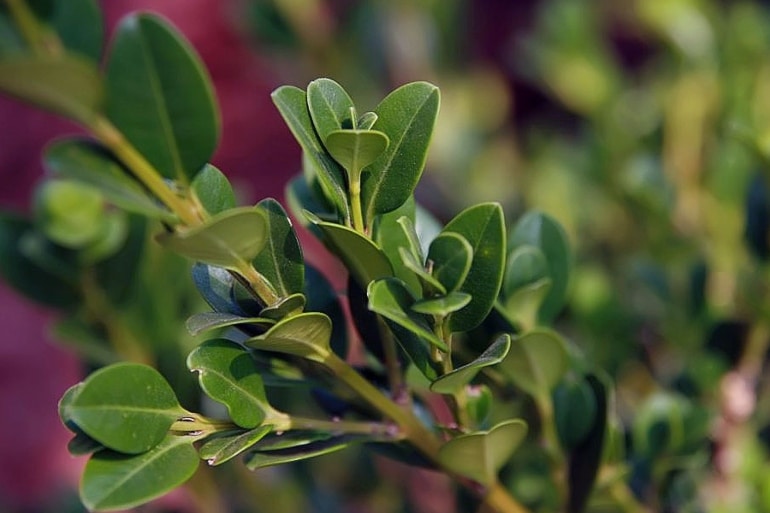
Because boxwood shrubs play well with everything from herbs to flowers to vegetables they are perfect as foundation plants, privacy hedges, and walkway edges. Boxwoods also are protectors of plants deer tend to love. What keeps these woodland creatures away from boxwoods? The strong smell of these evergreens.
Examples of boxwood cultivars: Fastigiata, Vardar Valley, and Pyramidalis
Care: Low-maintenance; does best in partial shade and well-drained soil. Water weekly, trim as needed in warmer months.
Flowering: Sometimes. May produce small, insignificant white flowers.
Cost: Live plants cost around $100 each.
10. Forsythia
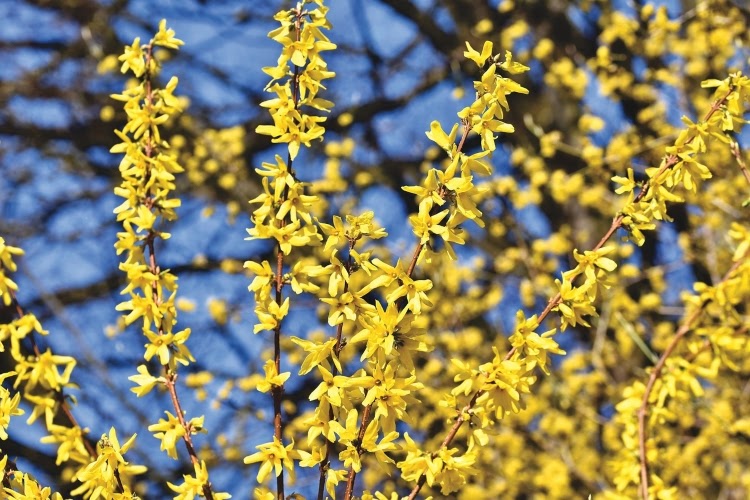
While forsythia’s honey-floral scent is barely noticeable to many people, this deciduous shrub has enough of a fragrance to drive away deer. Loved for the bursts of color it offers in spring and fall, forsythia requires full sun and well-drained soil to thrive.
Examples of forsythia cultivars: Northern Gold, Show Off, and Sunrise
Care: Low-maintenance. Water weekly, fertilize quarterly during growing season, and prune annually.
Flowering: Yes. Golden yellow blooms in early spring.
Cost: Purchase live plants for about $25 to $100, depending on size.
11. Common lilac
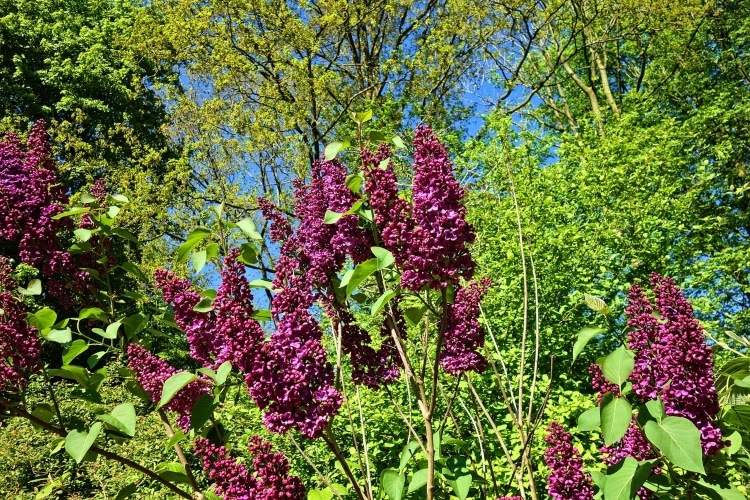
Lilac, known for its purple (or white, blue, cream, or pink) flowers, is less desirable to deer for its robust smell that’s been described as a fruity-vanilla. Growing up to 20 feet tall, this deciduous shrub attracts pollinators and is great as an accent plant or as a border for patios and walkways.
Examples of lilac cultivars: Sensation, Charles Joly, and Primrose
Care: Requires full sun/well-drained soil. Mulch and fertilize in spring. Deadhead spent blooms.
Flowering: Yes. Purple, white, blue, cream, or pink flowers in spring.
Cost: Live plants average around $50 each.
12. Butterfly bush
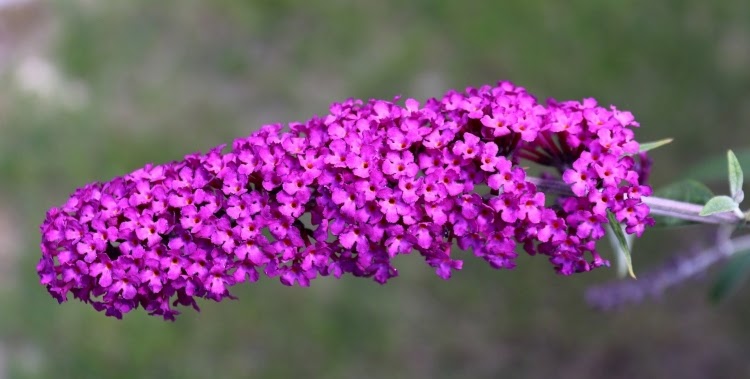
The butterfly bush, aka “summer lilacs,” is a wonderful addition to butterfly gardens and emits a strong, sweet scent, reminiscent of honey. As deer prefer to feed on blander plants, they avoid butterfly bushes. When planting, be sure to space these shrubs 5 to 10 feet apart in locations that receive full sun.
Examples of butterfly bush cultivars: Blue Chip, Asian Moon, and Peach Cobbler
Care: Low-maintenance. Deadhead spent blooms, prune annually, and water regularly.
Flowering: Yes. Purple, pink, white, lavender, yellow, or multicolored blooms.
Cost: Purchase live, potted plants for around $15 each.
13. Ribbon grass
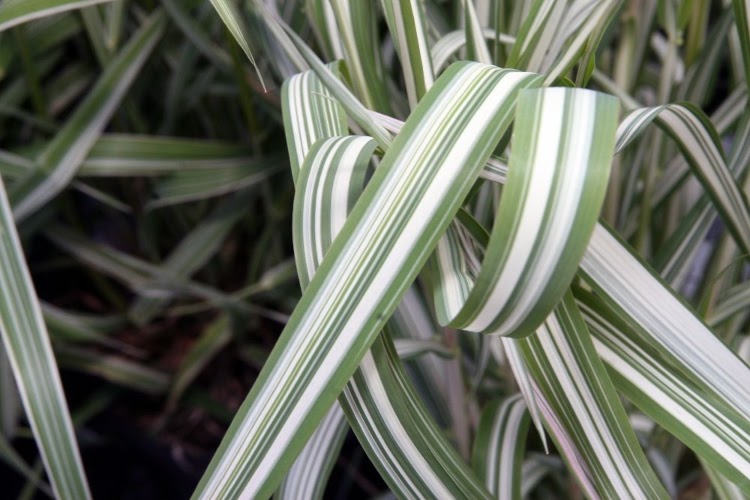
Grasses of any type aren’t a favorite deer food. Take advantage of this by using an ornamental grass, such as ribbon grass, as an easy-to-care for ground cover. This cool-season variety is drought-tolerant, too, and adds texture and greenery to garden beds and landscapes. Note: Ribbon grass can become invasive.
Examples of ribbon grass cultivars: Feesey, Picta, or Strawberries & Cream
Care: Plant in full sun or partial shade. Ribbon grass can tolerate just about any soil type.
Flowering: Almost never. If it does flower, the blooms are small and barely noticeable.
Cost: Buy a live plant for close to $40.
14. Bee balm
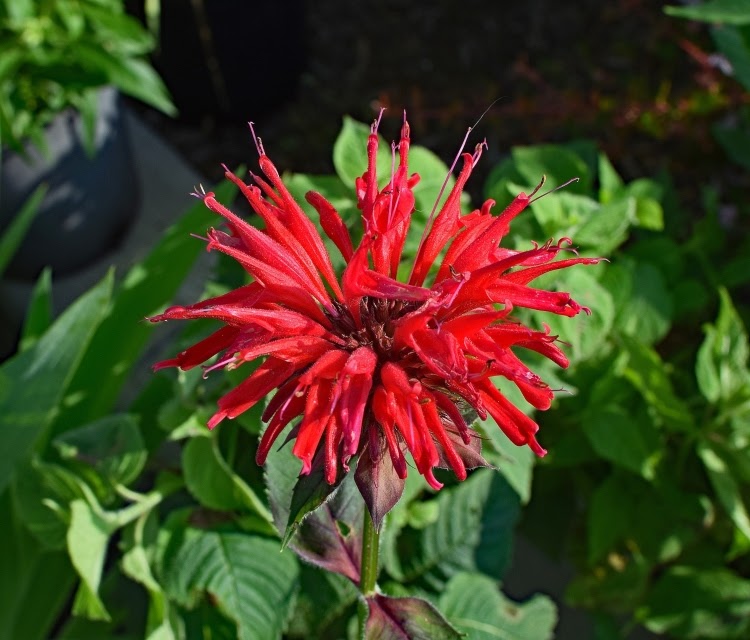
Deer loathe the odors of most herbs, including thyme, tarragon, rosemary, and mint — the latter scent being the one given off by bee balm. Border your front walks or garden paths with this perennial and enjoy its flashy blooms from April to May.
Examples of bee balm cultivars: Fireball, Marshall’s Delight, and Violet Queen
Care: Plant in well-drained soil in full sun or partial shade.
Flowering: Yes, pink, red, or white spring blooms.
Cost: Live plants can cost around $12 to $15 each.
15. Snapdragon
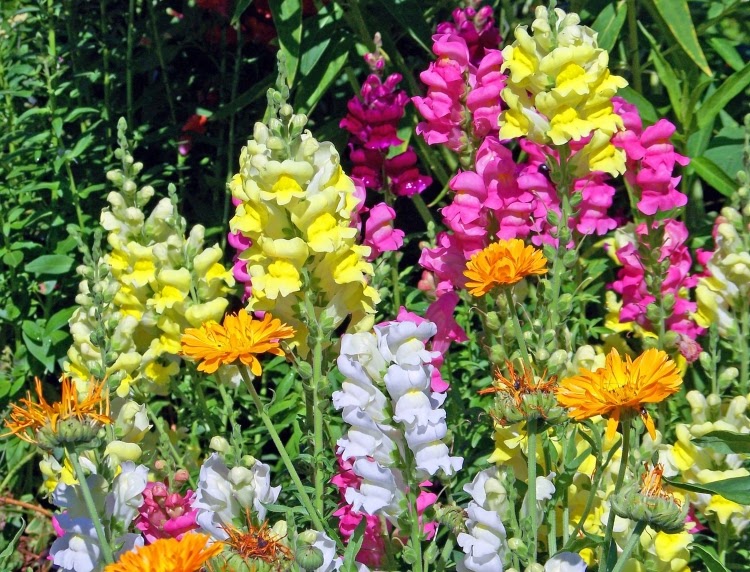
The sweet aroma of snapdragons, described as smelling akin to bubble gum, is a no-go for deer. Cold-hardy, these flowers can do well in New York’s climate and they attract pollinators, such as hummingbirds and bees. Cut them to fill a vase in your home for a splash of color and fragrance.
Examples of snapdragon cultivars: Bicolor, Kim Primrose Yellow, and Montego O.
Care: Thrives in full sun or partial shade and well-drained soil. Space snapdragons 12 inches apart.
Flowering: Yes. Yellow, orange, pink, white, purple blooms in spring, summer, and fall.
Cost: You can get 100 seeds for around $6.
16. Verbena
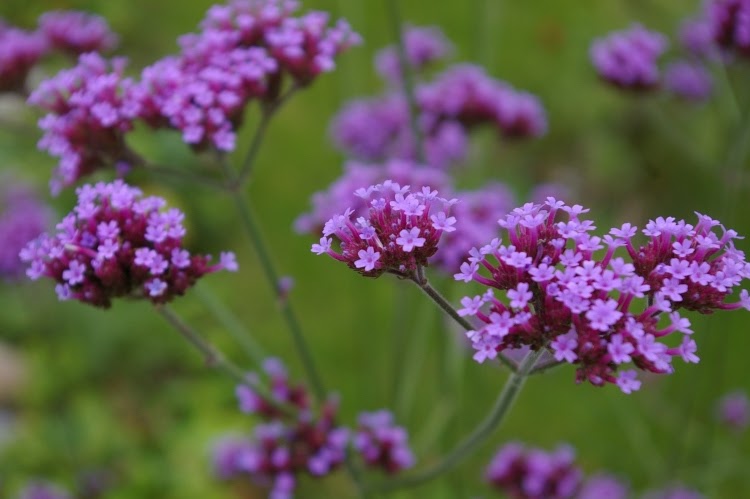
Known for it’s citrusy scent, which deer tend to steer clear of, verbena is drought-tolerant. This herb has medicinal properties and is also used to flavor beverages and foods. In the garden, verbena’s long-living, showy blooms provide bursts of color for a purely ornamental plant or a low-maintenance ground cover.
Examples of verbena cultivars: Homestead Purple, Summer Blaze, and Silver Anne
Care: Plant in full sun and well-drained soil. Fertilize in spring and trim back in fall.
Flowering: Yes. Purple, white, pink, red, blue, and lavender in spring through fall.
Cost: Potted plants can cost $20 to $30 each.
Deer-Resistant Plants: Other Things to Know
What plants do deer prefer to eat?
Unscented plants with smooth textures and bland tastes appeal to deer. A few of their favorites:
- Hosta
- Daylilies
- American arborvitae
- Azaleas
- Tulips
- Rhododendrons
Are there any other plants, besides the ones listed above, that are also deer-resistant?
Yes. Our list spotlights 16 plants that are rarely or seldom damaged by deer; however, there are a couple hundred or so more. The Cornell Cooperative Extension categorizes deer-resistant plants based on whether they’re:
- Rarely damaged by deer (examples include blue salvia, bugbane, and bleeding hearts)
- Seldom severely damaged by deer (examples include forsythia, common lilac, and red pine)
- Occasionally severely damaged by deer (examples include saucer magnolia, Northern red oak, red maple, serviceberry, viburnum, and hydrangea)
- Occasionally damaged by deer (examples include pansy, peony, and coneflower)
- Frequently severely damaged by deer (examples include azaleas and American arborvitae)
- Frequently damaged by deer (examples include hosta and daylily)
There are also specific varieties of evergreen and deciduous trees that deer are less likely to consume, including:
Evergreen
- Eastern white pine
- Common boxwood
- Mountain laurel
- Chinese juniper
Deciduous
- Paperbark maple
- Sugar maple
- Paw Paw
- Sweetgum
When to Call the Landscaping Pros
If you’d like assistance with your garden design, get help from a Rochester landscaping professional. He or she will come out to your home, survey your property, and work with you to select a location and the best deer-resistant plants for your taste.
After all, when it comes to keeping your yard full of blooms and free of white-tails, the best defense is a good offense.
Main Photo Credit: Pixabay
